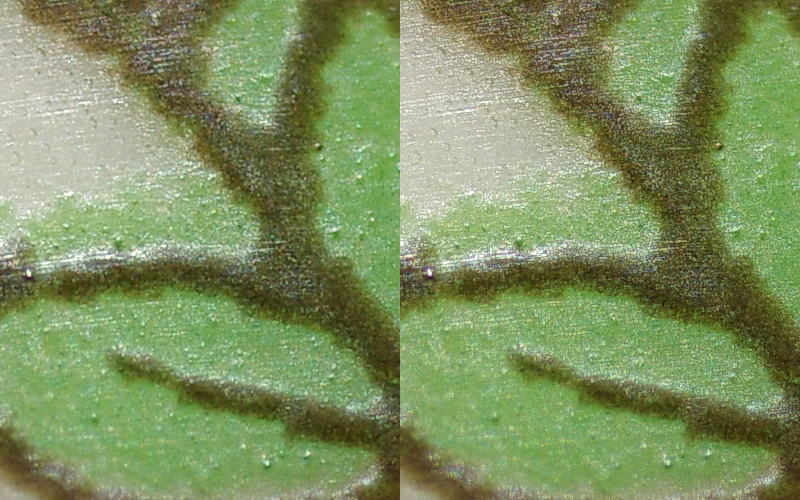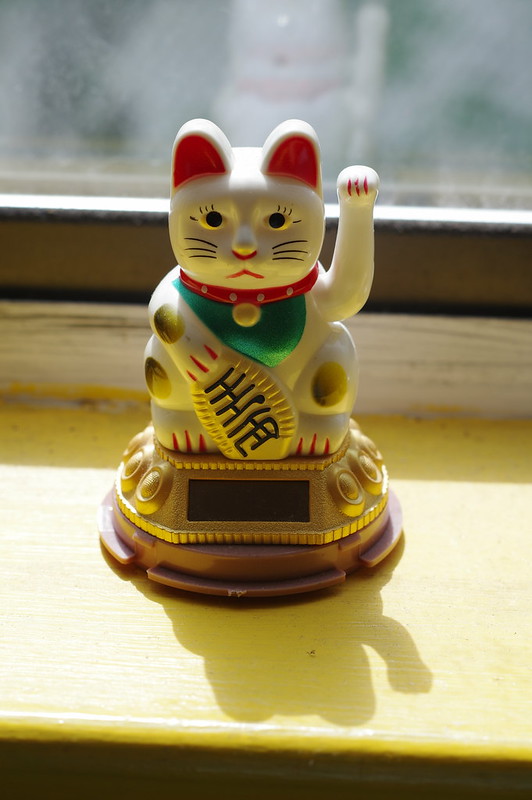I just came home with a K-3 II from B&H along with a battery grip. Compared to my old K-5, everything just seems more refined: the shutter, the AF, the sensor, the display, just everything. To my surprise, it actually included a Flucard for free; I haven't had a chance to try out the wireless tethering yet. I also haven't had a chance to test the PIxel Shift Resolution functionality. I expect to report back with some results soon.
The AF is much, much better than what I got on my K-5, and it's actually able to track well, with at least some degree of 3D distance prediction capability in AF.C. On a 32GB SanDisk Extreme PRO UHS-I card (purchased with the camera), the buffer clears *way* faster than what I'm used to from my K-5. UHS-I is a huge advantage...
Sadly, my DA 18-135mm lens is starting to give me infinity focus issues (
again) and I will have to send it to Precision Camera for an out-of-warranty repair soon. It's still usable as it's not that bad right now, but it'll get worse with time. I'll see what I can do about it.
I hope to upload some shots soon, but I don't quite have the time to put the pictures through post right now. Sorry

—DragonLord
Last edited by bwDraco; 06-24-2015 at 11:23 AM.


 Similar Threads
Similar Threads 























